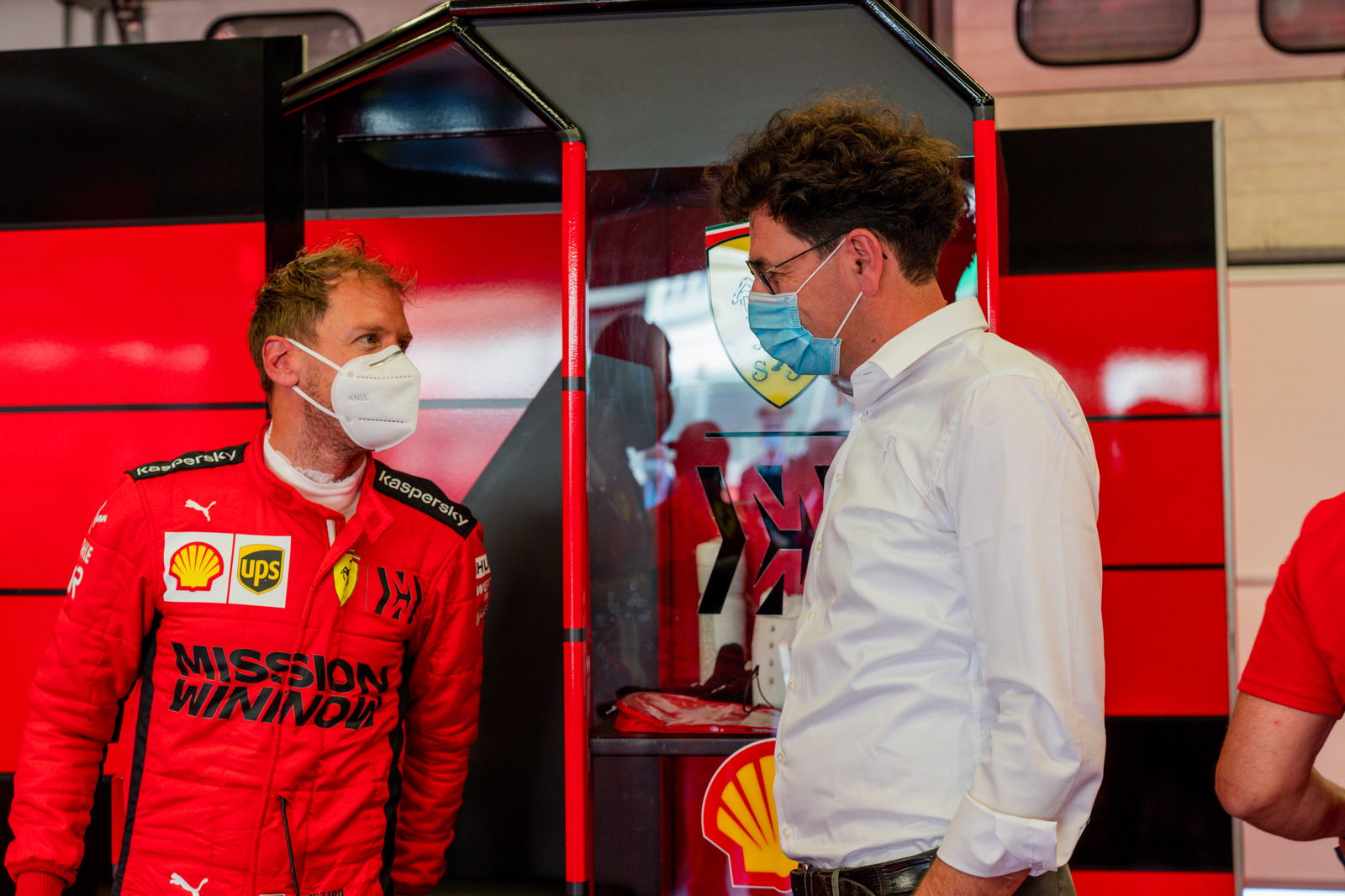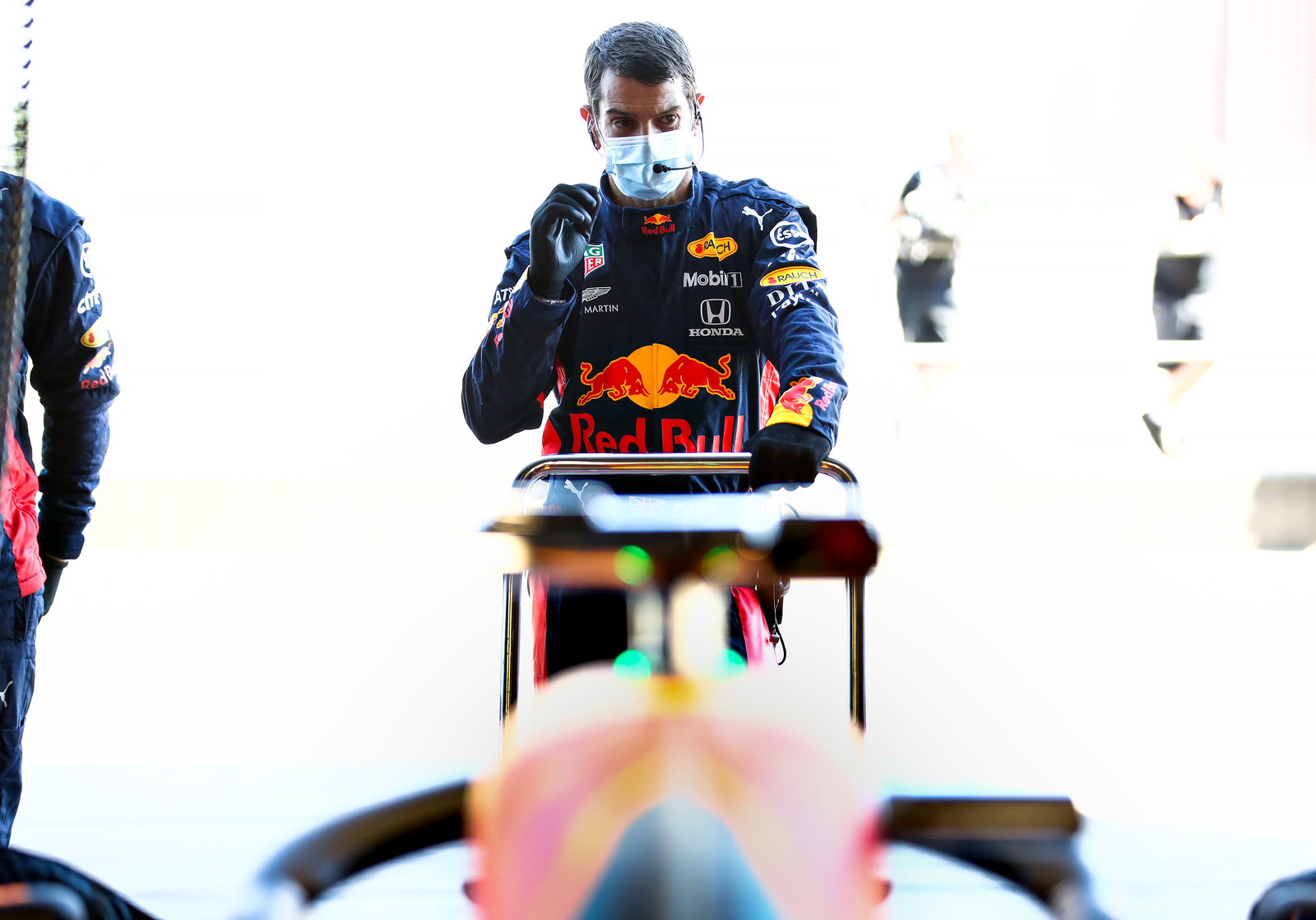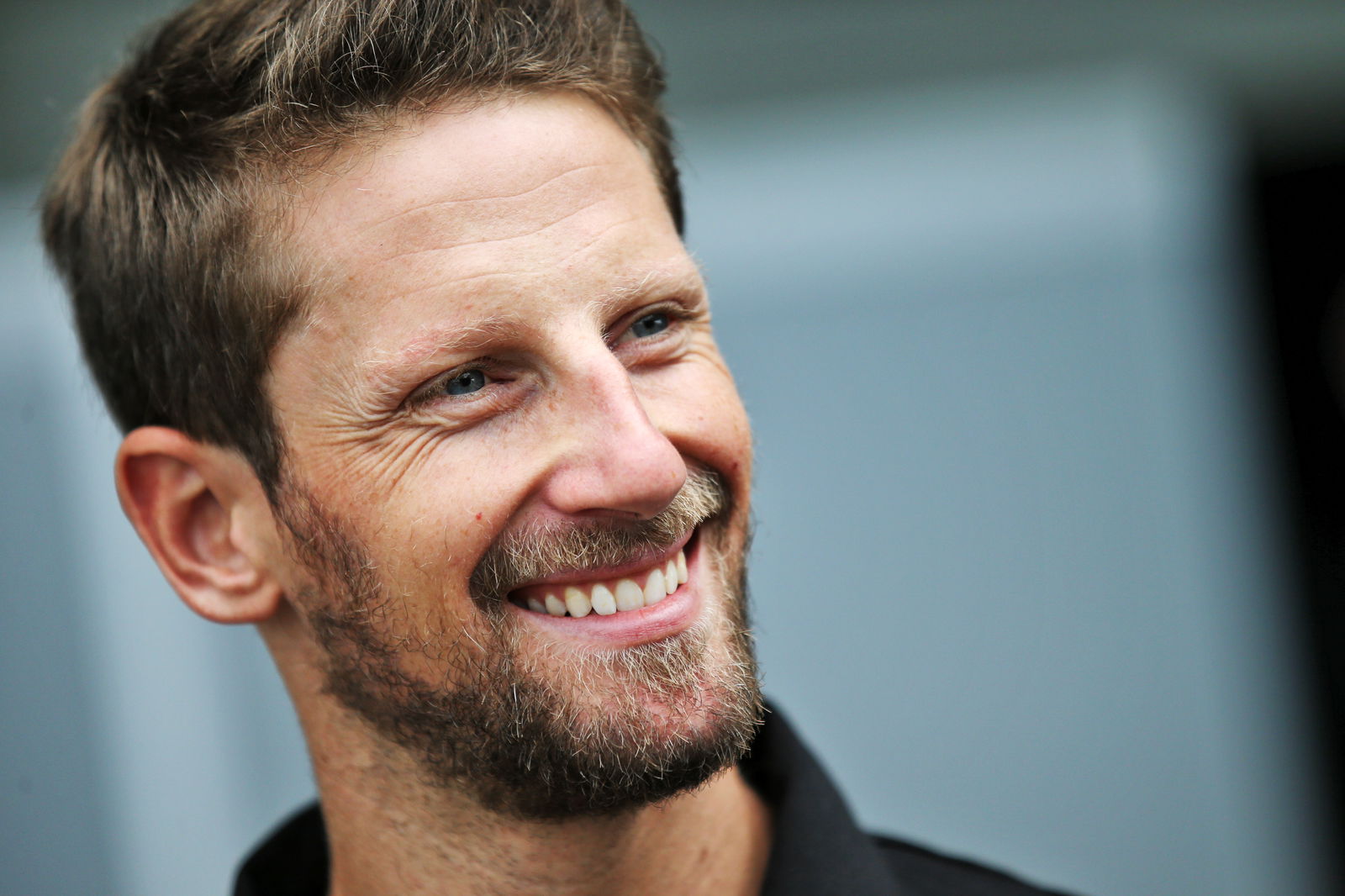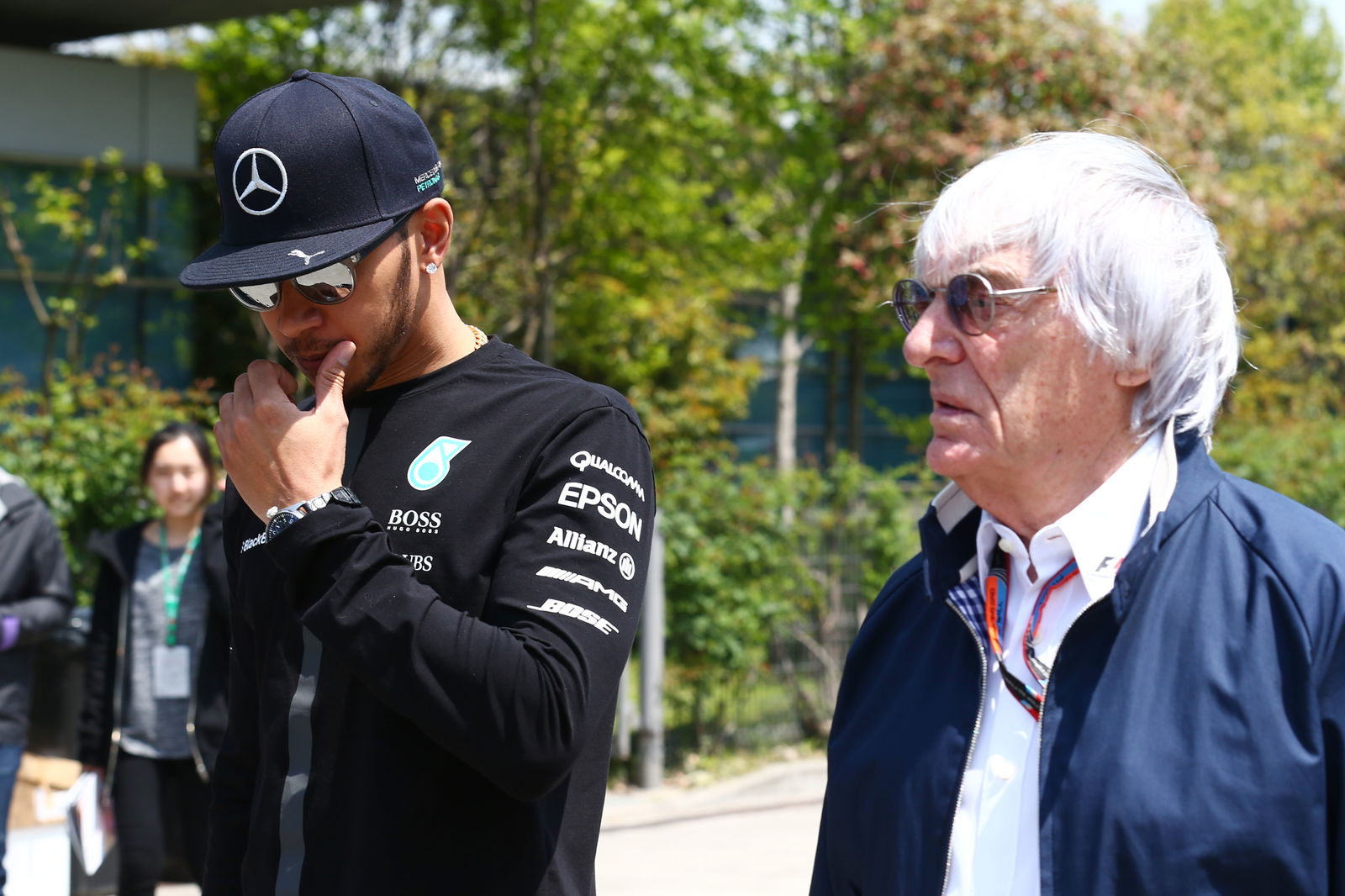How teams will tackle the logistics challenge of F1’s ‘new normal’
Mercedes has provided a glimpse into how teams will handle the logistics challenge under Formula 1’s ‘new normal’ as it gears up to restart the season amid the COVID-19 pandemic.
After months of delays and with the first half of the campaign wiped out by the coronavirus outbreak, the 2020 F1 season will finally begin next weekend with the Austrian Grand Prix.

Mercedes has provided a glimpse into how teams will handle the logistics challenge under Formula 1’s ‘new normal’ as it gears up to restart the season amid the COVID-19 pandemic.
After months of delays and with the first half of the campaign wiped out by the coronavirus outbreak, the 2020 F1 season will finally begin next weekend with the Austrian Grand Prix.
Back-to-back races at the Red Bull Ring will form the first of two triple-header events that will kick off an unprecedented run of eight races across a 10-week period between July 5 and September 6, with the rest of the revised calendar currently in the process of being finalised.
F1 will face a ‘new normal’ as it operates under unique protocols that will be implemented to ensure races can go ahead safely.
These strict new measures include creating a “biosphere” environment in which a limited number of personnel will be frequently tested for coronavirus. Team staff will have to wear face masks and other forms of PPE including full face shields, while social distancing will be observed where possible.
The logistical operation to get each F1 race off the ground will be a mammoth challenge for the teams, though the calendar has been shaped to enable a smooth as possible process, with two races in Austria followed up with the Hungarian Grand Prix in Budapest, which lies less than 500km away from Spielberg.
Speaking in an in-house video released by Mercedes, the German manufacturer’s head of race team logistics, Karl Franson, provided an insight into how teams are adapting to cope with the demand.
“For the last two weeks at least I've been on the phone every day on conference calls every day to our logistics provider because everything is constantly changing,” said Franson.
“With the race calendar being confirmed so late, luckily we're staying in Europe for the first eight races. Fortunately, this time, although it is a triple-header, logistically we're really classing it as a double-header.
“What we're doing is racing in Austria and then racing in Austria again. Then it's almost a quick five-hour move up the road to Budapest. Once we are set up in Austria, it's mainly like a single event for us. Although it is a double-header, we don't have to pack down and move all the equipment to another venue.”

All team members who work in the paddock and pitlane will need to have had a negative COVID-19 test before being able to travel. They will then be tested again every five days while on the road with F1.
Social distancing will be implemented within the paddock and team staff will be kept apart from their competitors in ‘bubbles’ in order to minimise contact and avoid mixing of personnel.
At each event, teams will not have their usual motorhomes in the paddock. Instead, each team will be supplying their own tents and awnings to make social distancing easier and working conditions more comfortable.
Separate team groups will be sent to upcoming race venues to prepare and set-up the working areas before departing prior to the arrival of the race crew.
“The set-up and pack up operations for the European [rounds], nothing really changes for us,” Franson added.
“Whilst we're qualifying and racing in Austria, we will have a crew of people in Budapest building a garage, building the awnings at the back of the garage for us.
“So when we move everything across on the Sunday night and the Monday to Budapest, we should arrive to a built garage and then we'll just have to fill the empty spaces really.
“The people that build the garage, they should be done and dusted by the time we arrive and they will be moving on to the next one. They'll be coming back to the UK and getting ready for the garage to be built in Silverstone.”
Contact between team staff and their suppliers will also be limited thanks to the introduction of drop-off and collection points for the delivery of fuel and tyres.
“Normally we would have our fuel delivered to the garage and we would send people to Pirelli to collect the tyres,” Franson explained.
“It's now going to be that we'll have a drop off point and collection point for the fuel and the tyres will be taken to a drop off point.
“Our lads will go to the collection point, collect the tyres and vice versa. Once we're finished with the tyres, we'll take them back and Pirelli will pick them up once we're clear of the area.”

Travel between events has proved one of the most challenging factors, given the differing and ever-changing restrictions imposed by national governments across Europe, such as the 14-day quarantine measures enforced by the British government on all international arrivals into the country earlier this month.
Instead of the traditional use of commercial flights, team personnel will now travel to their destination via private charters which will depart and arrive at private terminals to avoid contact with members of the local community.
“As far as travel is concerned, the main difference this year is how we travel,” Mercedes’ travel manager, Joanna Jones, explained.
“Usually, we would travel on commercial flights however for the team's safety, we are now travelling on private charters, departing and arriving at private terminals.
“The team is also driving from Austria to Hungary and all these measures have been put in place to reduce the amount of people the team comes into contact with.
“The biggest challenge we are facing at the moment is the ever-changing travel restrictions. We are constantly having to review each government guideline within each country.
“Usually, we have months to plan the travel for the races, however this has been reduced to weeks. We've had to make decisions quickly. For example, the charter planes - we knew these would be in high demand, so we've had to make decisions quickly, promptly to ensure that we got the correct plane at the right time for the team.”
After the Hungarian Grand Prix on July 19, F1 will have a weekend off before travelling to the UK for back-to-back races at Silverstone.
The British Grand Prix venue’s double-header will be followed up with a return to Europe for the Spanish Grand Prix in Barcelona in mid-August, completing the second triple-header event.
Another weekend break will be followed by the Belgian and Italian Grands Prix, with the Monza round on September 6 completing the current schedule.
It is expected that a similarly congested pattern of races will follow for the rest of the season as F1 strives to piece together a 15-18 round world championship, most likely to conclude in the Middle East in mid-December.



